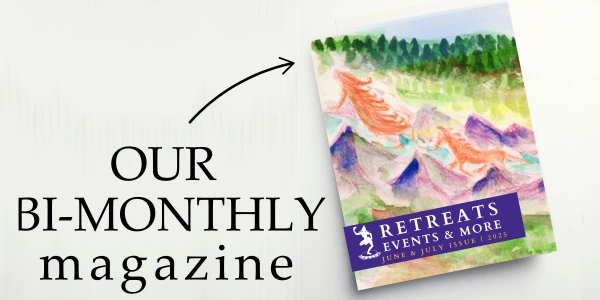Tara Mandala is a vibrant global Buddhist community and retreat center offering a complete path of practice, study, and deep retreat in the Tibetan Buddhist tradition. Explore the transformative path of Vajrayana, and check out our calendar page to discover upcoming online teachings, on-land retreats, and long-term study pathways and certification programs.
2025 Retreats, Events, & More
Explore the latest edition of our 2025 Digital Publication—your gateway to Tara Mandala’s upcoming opportunities. Browse retreat dates, read inspiring stories from our sangha community, and discover resources to strengthen your practice. Your connection to wisdom begins here.
Calendar of Retreats, Programs & Events
Explore upcoming events and find the perfect retreat to nourish your heart and mind through transformative online programs and in-person group retreats with renowned teachers.


Lama Tsultrim Allione & Machig Lineage
Lama Tsultrim Allione is a pioneering Buddhist teacher and the founder of Tara Mandala, dedicated to empowering women in Buddhism and preserving the wisdom of the Tibetan tradition. As an emanation of Machig Labdrön, the 11th-century Tibetan yogini and founder of the Chöd lineage, Lama Tsultrim carries forward the profound practices of compassion, wisdom, and transformation.
Learn more about …
Certifications & Paths of Study
Designed to honor the depth of the tradition while meeting you where you are, these pathways invite you to cultivate wisdom, compassion, and lasting transformation. Whether you seek to deepen your practice, become certified in Mandala Method, Feeding Your Demons, or Buddhist Chaplaincy, or follow a structured path of spiritual development through the traditional lineages of Magyu, Gateway, or the Ösel Nyingtig, our offerings provide guidance and support at every stage.
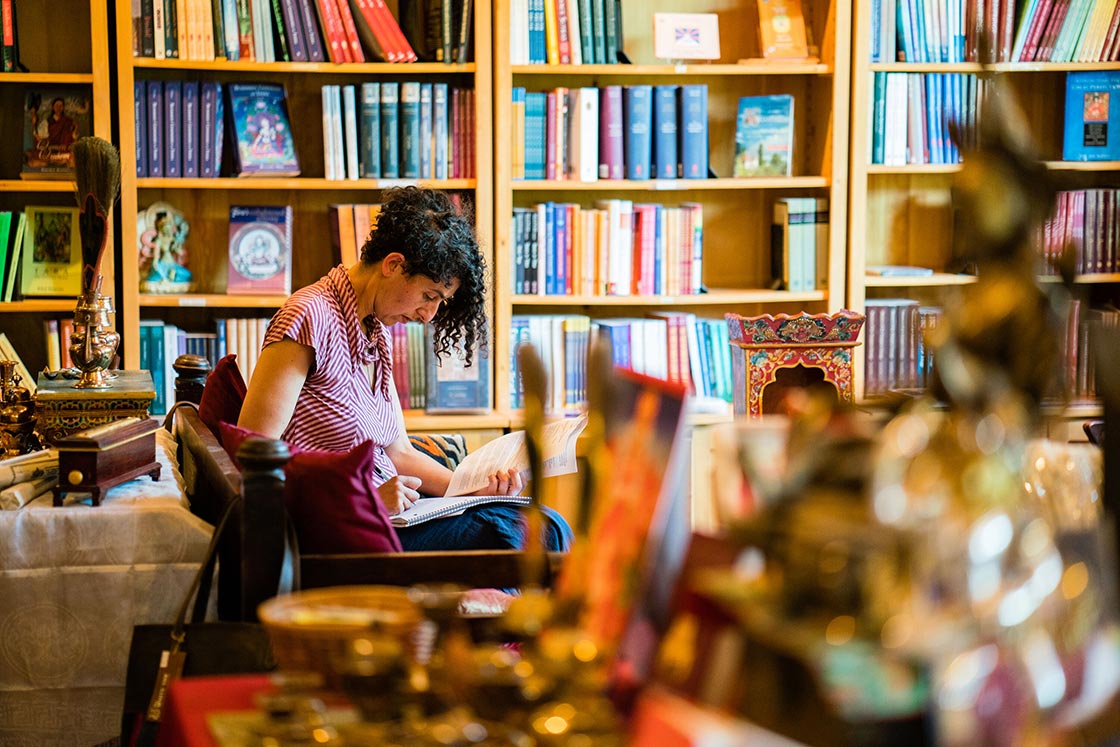
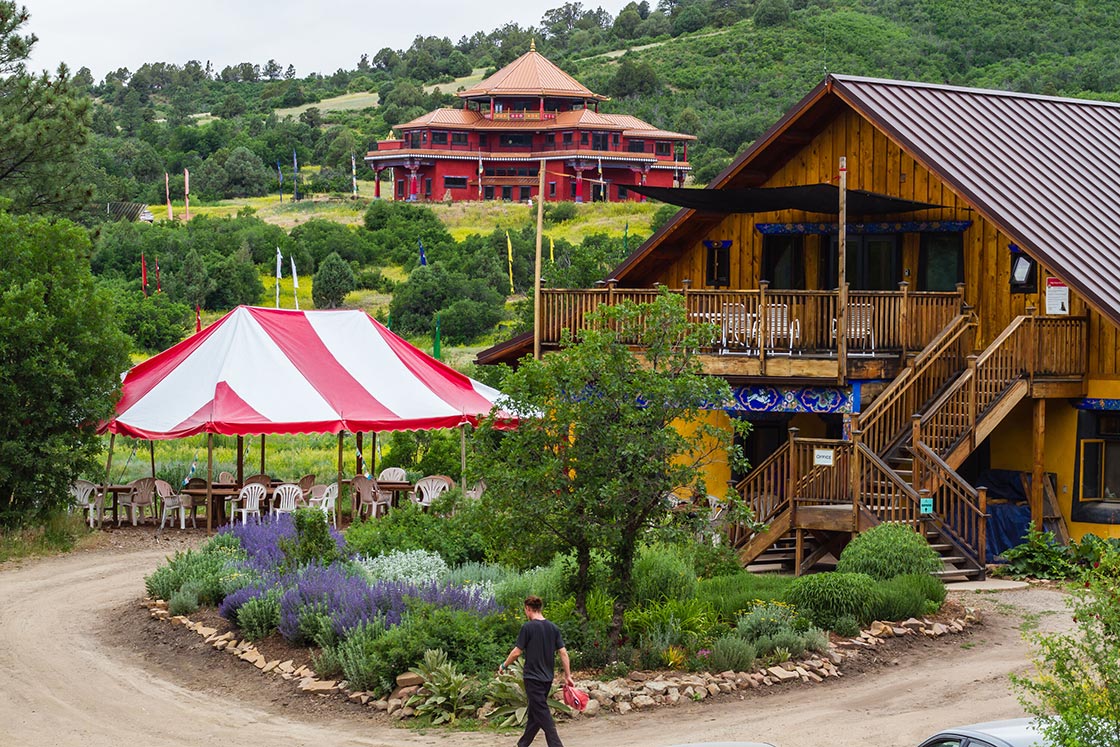
The Land & Tara Mandala Retreat Center
Nestled in the breathtaking San Juan Mountains of Southwest Colorado, Tara Mandala Retreat Center rests on 700 acres of pristine wilderness. Anchored by the magnificent three-story Tara Temple, the center provides a space for meditation, teachings, and spiritual exploration.
Learn more about …
Come join the Mandala this Summer!
There are four unique ways to enter the Mandala and serve the 2025 Retreat Season in Colorado. Choose Employment, Internship, Living Dharma Practitioner Program or Volunteer.
We are excited to welcome practitioners who live by Buddhist principles, are passionate about community, love to support the Dharma and are ready to receive the gifts of 700 acres of mountain wilderness and meditation.
Join us now and be part of this life-changing experience!

Death and Dying & Tara’s Pureland
In Tibetan Buddhism, death is viewed as a sacred transition—an opportunity for liberation and the realization of our true nature. Through the practices of Zhitro and Phowa we can prepare for this passage and honor the impermanence of life and the continuity of consciousness.
In 2025 Tara Mandala will break ground for Tara’s Pureland – a sacred space dedicated to this journey with both a traditional cremation site and columbarium. A place for practice, prayer, and peaceful reflection rooted in ancient Buddhist traditions.
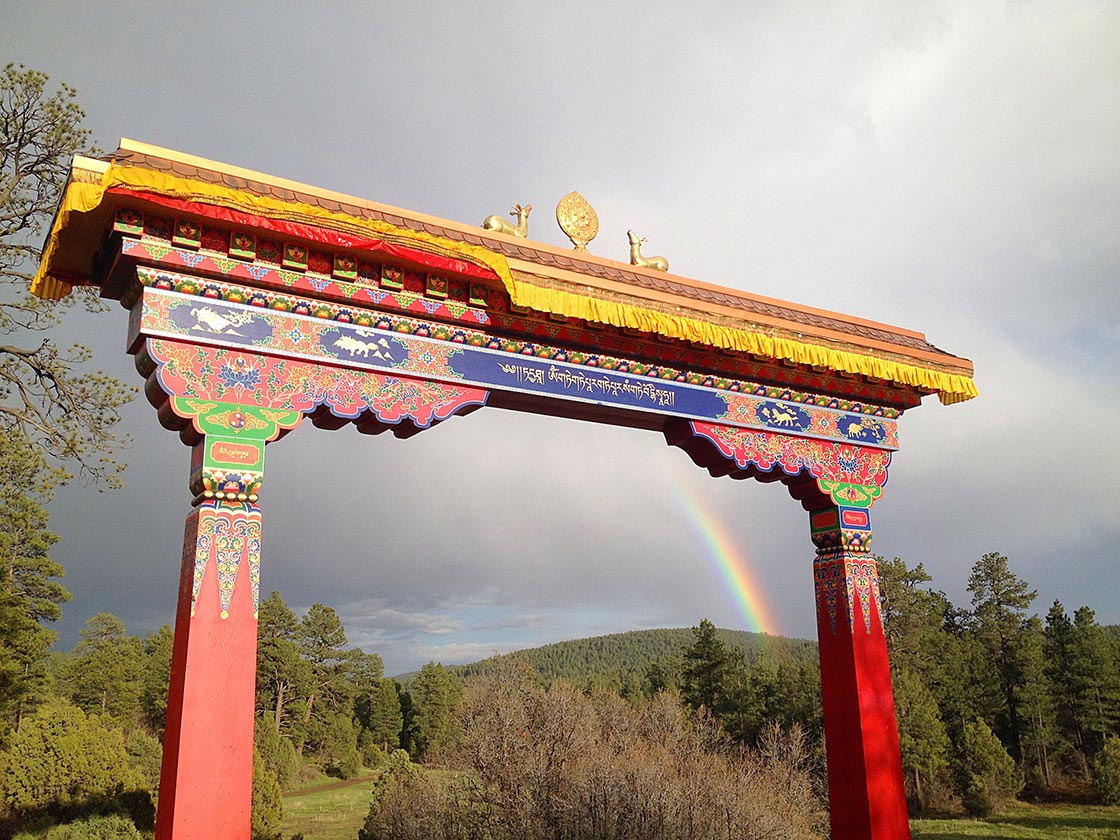

Sustaining Sangha + yana
yana is Tara Mandala’s digital dharma hub and gateway to exclusive teachings, practices, and community connection. Curated to support your spiritual journey, yana serves as a bridge to the wisdom of the lineage and the global sangha.
Become a member of the Sustaining Sangha and access a rich library of resources, including recorded teachings, guided meditations, discounts on programs, and more. Join a vibrant community dedicated to bringing compassion and wisdom into the world – help preserve and share these sacred teachings while deepening your own path.
Dakini Store
The Dakini Store offers a selection of dharma and practice items including sacred texts, ritual implements, malas, thangkas, and more. Every purchase helps sustain Tara Mandala’s mission, supporting the preservation of teachings and the flourishing of our community.
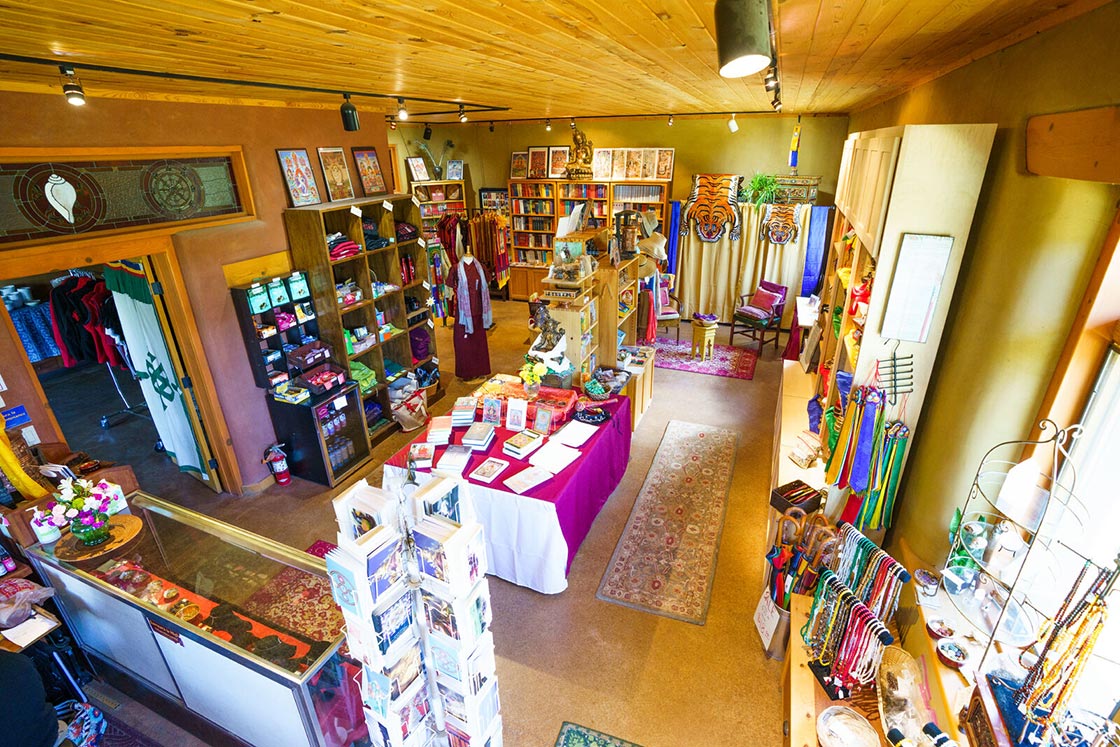

Prayer Requests & Sponsorships
Community practice illuminates the Tara Temple every day as we offer prayers for the benefit of all sentient beings and include special prayer requests from our sangha. You can join us in the interdependent connection by making your prayer request on behalf of yourself, a loved one, or world situation.
You can also sponsor buttlerlamps, a tsog, or flower offerings.
Learn more about ….
Learn more about the wisdom of the Dakinis, meet the 21 Taras and explore free meditation resources.
We invite you to learn about scholarship opportunities and the many ways Tara Mandala is dedicated to fostering an inclusive and compassionate spiritual community.


